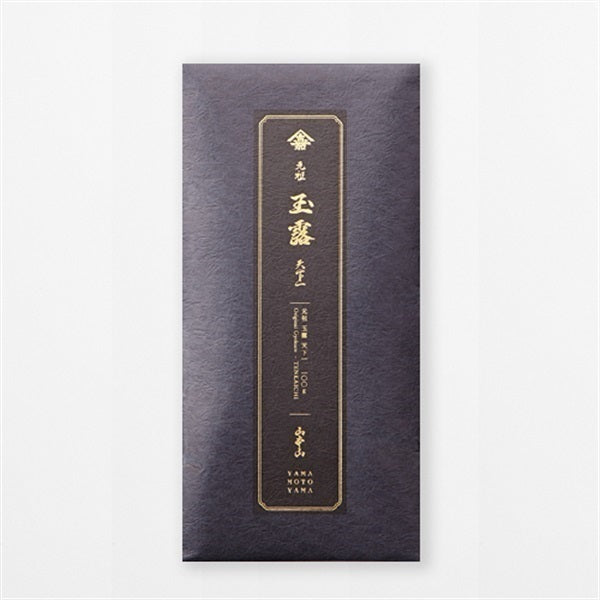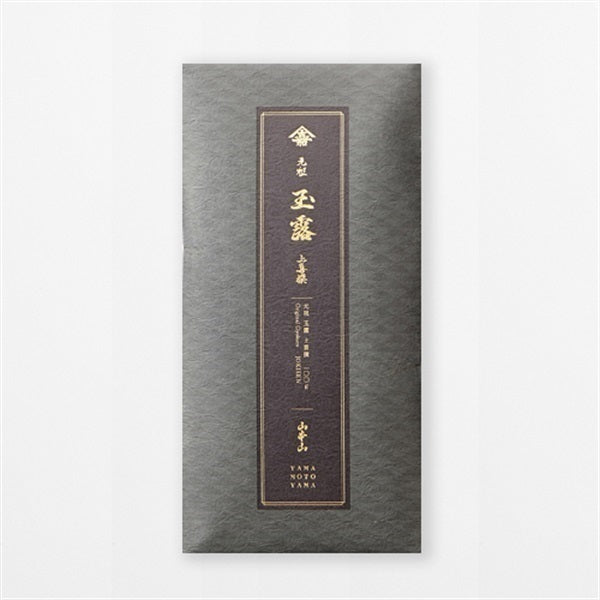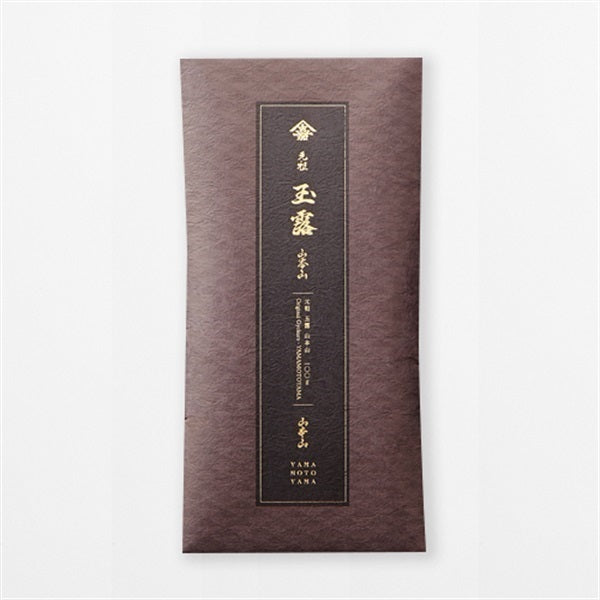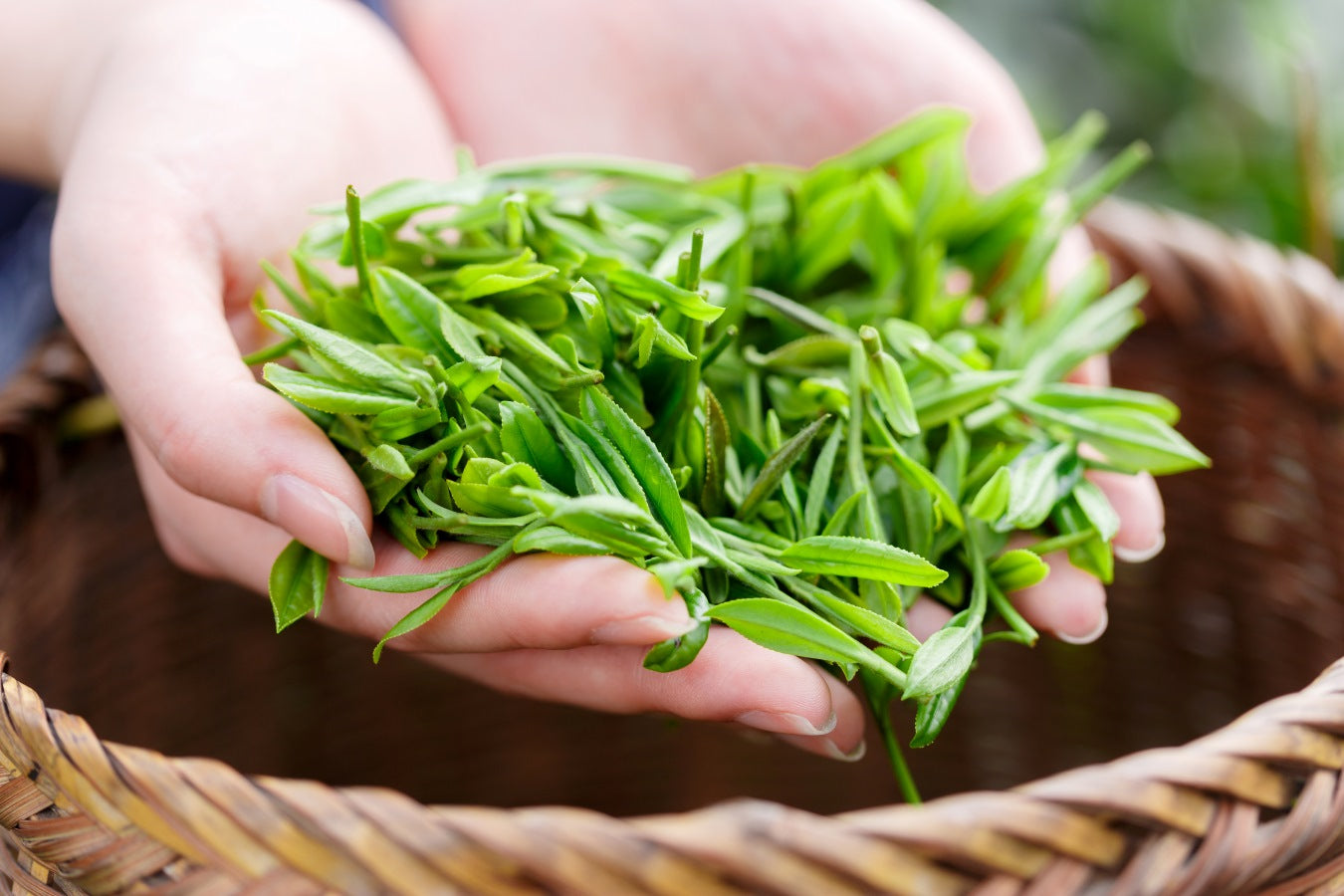
[Digging Deeper] The Origins of Tea! An Introduction to Tea Botany
Introduction
From our morning cup to entertaining guests, tea is an essential part of our lives.
Although tea is a familiar presence, it is also the subject of deep academic study.
The tea leaves that are the raw material for tea come from the Camellia genus of the Theaceae family. These tiny leaves are packed with ingredients that heal and energize us.
This time, I would like to explore the mysterious world of tea from a botanical perspective.

Characteristics of Tea
The tea plant, which is the raw material for the tea we drink on a daily basis, is an evergreen tree belonging to the genus Camellia and the family Theaceae.
It was named "Camellia sinensis" by the botanist Kunz in 1887.
There are Chinese and Assamese varieties, and the intermediate hybrid between the two is called the Assamese hybrid.

Tea varieties
There are two main types of tea: Chinese and Assam.
The Chinese species has small leaves and is resistant to cold, and is primarily used as an ingredient in green tea.
On the other hand, the Assam variety has large leaves and is weak to cold, and is used as an ingredient for black tea. In Japan, the Chinese variety is widely cultivated.

Characteristics of tea leaves, flowers and fruits
Tea leaves are oblong, glossy and have jagged edges.
The undersides of young leaves are characterized by fine white hairs called mouji, but as the plant matures, these hairs fall off.
The tea flower is a beautiful flower with white petals and yellow stamens.
One to three flowers appear on the new branches that grew that year, and bloom from August to December. The fruit ripens in September of the following year, and contains one to three seeds.

Tea propagation
Tea plants have a property called "outcrossing," meaning that they cannot bear fruit using their own pollen.
Therefore, in nature, plants are pollinated by the pollen of different individuals and produce seeds.
It is believed that most of the tea cultivated today is a hybrid that was born from repeated natural cross-pollination like this.
Nowadays, superior varieties of tea are propagated and cultivated by cuttings, etc. This method allows for the cultivation of large quantities of tea plants with the same characteristics as the parent plant.

The lifespan of a tea plant
Generally, the economic lifespan of a tea plant is said to be around 30 to 50 years, depending on the variety and growing environment.
This period refers to the period when the quality of the tea leaves is stable and can be harvested, but the tea plant itself can live for over 100 years if properly cared for.
In Yunnan Province, China, there are tea trees that are said to be over 3,000 years old, and the long history of the tea is truly astonishing.
Such old trees are often no longer valued for their productivity but for their historical or cultural value.










